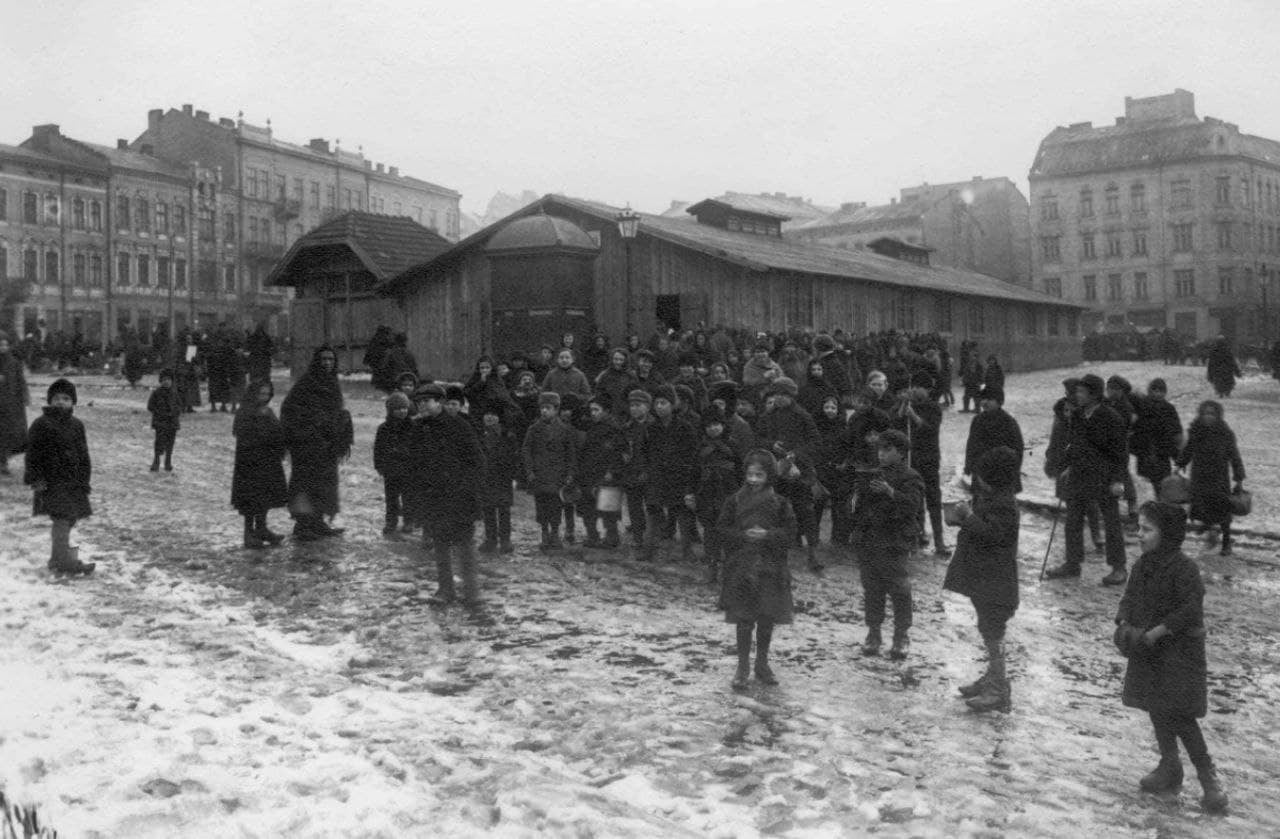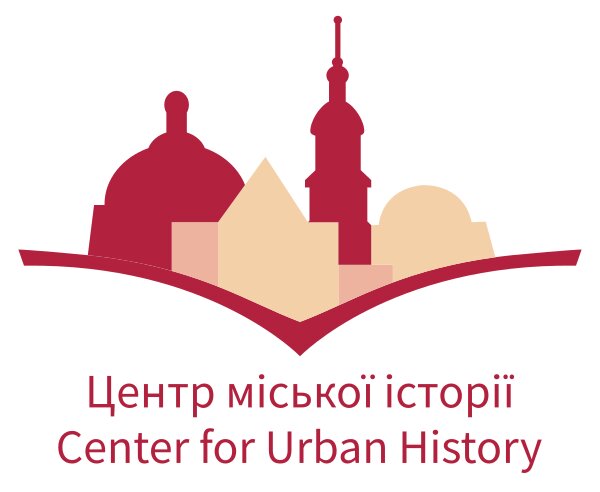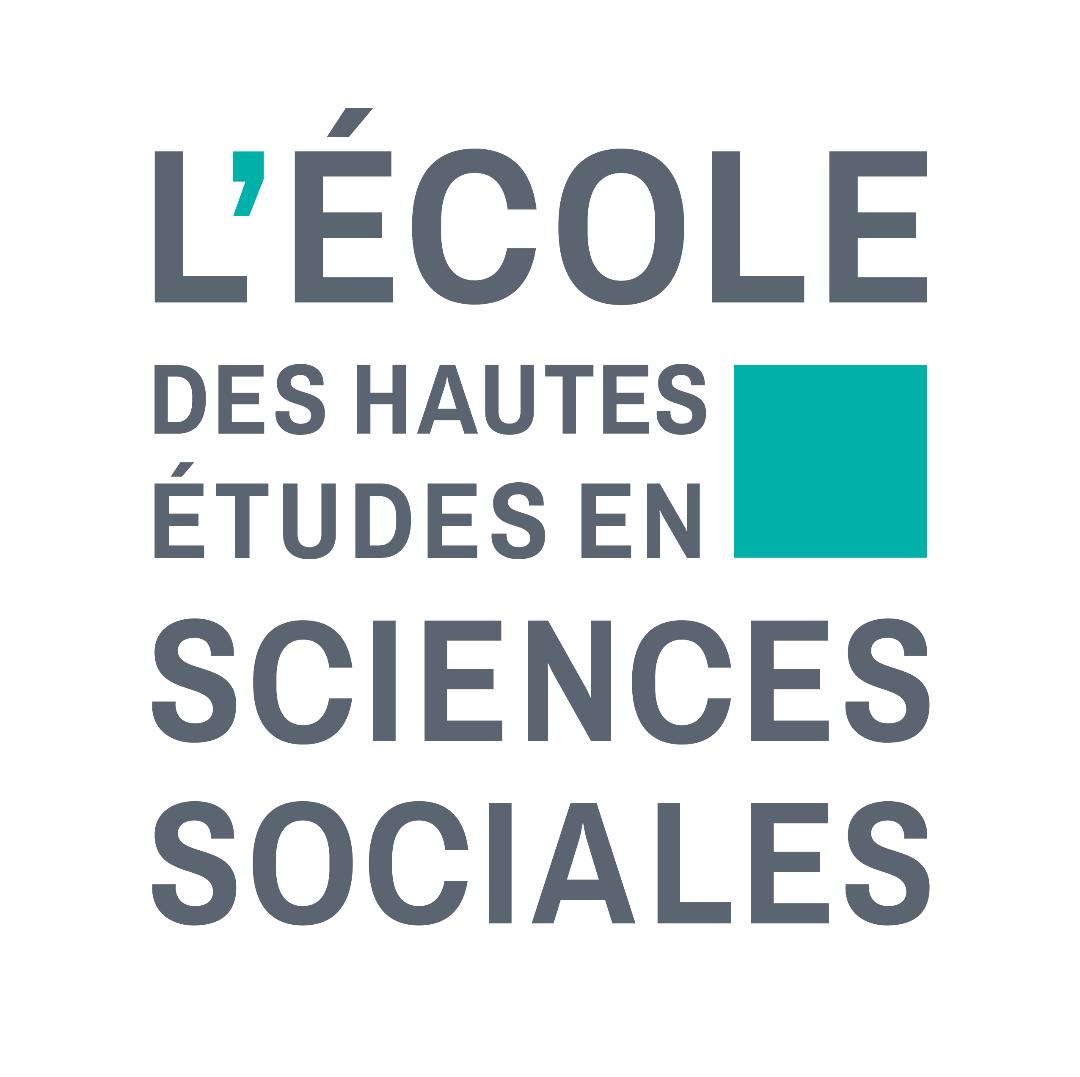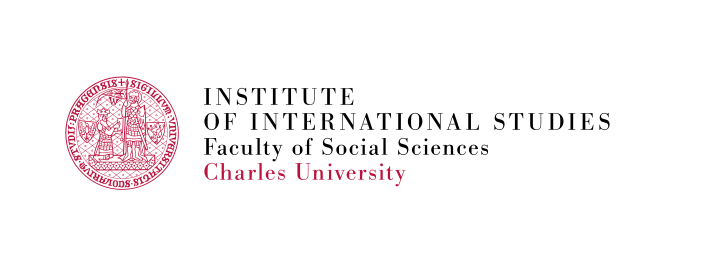Body and Care in the Ordeal of War. A Socio-Historical Perspective on East-Central and East-Southern Europe in the 20th-21st Centuries
12-14.11.2025
CEFRES, Prague
In contrast to perceptions of the war phenomenon as a situation of exception and, as such, a shocking and obscure object, apprehending the war from an ordinary perspective and through a socio-historical approach is a fruitful entry point for understanding the functioning of societies, the solidity of social ties that sustain them, the solicitude they manifest for their populations exposed to the outbreaks of violence, and, in particular, for the violated, displaced, exhausted, sick, wounded, mutilated, or people experiencing disabilities. The relationship between wars, their bodily/mental impacts and care has been studied extensively in the history of medicine, welfare policies, veterans, and disability, but mainly from the perspective of Western European or North American societies. Research highlights a constant concern of health professionals, supported by charity and voluntary organizations for bodies affected by violence from WWI, not to mention earlier conflicts, to international military operations in Iraq or Afghanistan. Those efforts range from providing training for soldiers and civilians, professionals, and ordinary actors (e.g., fighters, civilian defense volunteers), as well as the deployment of (para)medical logistics and emergency first aid near the front line, to the supply of medicines, in-hospital care, development of new care infrastructure and body-repairing techniques.
Analyses focusing on care for bodies impacted by wartime violence in East-Central and East-Southern European societies remain scarce to date. Existing research points to difficulties in developing an adequate and comprehensive medical response because of the scale of bodily and mental injuries on the Eastern front(s), as well as to a long-standing tendency for social disregard for incapacitated veterans and civilians who are marginalized in redistributive schemes, reduced to poor-quality prosthetic services, or even to begging on the streets as in the USSR. This draws, in essence, a response schematically opposed to that of Western societies.
The aim of this conference is to fill an important gap in our understanding of the relation between war, violence-affected and thus fragilized bodies and care in East-Central and East-Southern European societies in a long-term perspective, that of the armed conflicts of the 20th-21st centuries. East-Central and East-Southern European societies have historically been disrupted by the brutality of war violence and confronted with the short- and long-term challenges of managing its consequences, evolving in a context of collapsing empires and emerging new states in the borderlands, of constantly redrawn borders and changing political regimes, but also engaged in an intense circulation of ideas, norms, models, people, and practices. Therefore, East-Central and East-Southern European societies constitute a laboratory for social innovation in caring for violence-affected bodies on various scales (community, associative, humanitarian, municipal, state, national, international). The conference's objective is also to shed light on multiple entanglements between body and care in the ordeal of war through a resolutely interdisciplinary dialogue between historians and sociologists, but also open to other social scientists, and through both "top-down" and "bottom-up" approaches, or multi-scalar analysis.
We define care broadly, both as curative treatment (cure) aimed at recovering and, by extension, a system of organized provision of medical care (healthcare), and as social relations, attitudes, policies, and practices of assistance to others, that are exercised in a variety of settings (charity, voluntary help, family, paid work…) and rely, at the level of social care, on interventions by public authorities, communities and private actors in support of people considered as vulnerable (welfare). In the context of armed conflicts, care also involves a significant militarization of actors (patients, care-providers) and the renegotiation of what taking care and providing care means in terms of rights, expectations, and practices.
Our conference focuses on armed conflicts in East-Central and East-Southern Europe from the early 20th century Balkan wars to the current Russian-Ukrainian War, with a particular interest in both world wars, wars of independence and civil wars. A fine-grained analysis of differences between territories of violence and care within East-Central and East-Southern Europe, including case studies on local structures and communities, comparison between several geographical spaces, transnational perspective on actors and organizations, would certainly be appreciated. Also, paying attention to the major shifts in warfare, care, humanitarian principles, and legal conventions throughout the 20th-21st centuries would be an asset for the discussion, as well as reflexivity on available material, such as archives, interviews, or field work.
Among the topics we would offer for consideration are:
Body and mental health. What are the main impacts of military strategies (bombing, blockades, occupation), technologies (equipment, transportation, housing), weapons or ammunition, and protective gear (bulletproof vests, helmets, masks) on bodies and mental health? How are these bodily impacts (diseases, wounds, mutilations, disabilities) medically treated and socially cared for during the war and in its aftermath? How are psychological traumas and mental disorders, which have long been marginalized and now statistically dominate the spectrum of illnesses observed in many wartime contexts, assessed, and managed? What correlations can be observed between the evolution of the warfare means and the injuries sustained, from the mass shelling of the First World War to the intensive use of drones and rockets in the Russian-Ukrainian war? What physical and mental after-affects do the lived experiences of wartime violence leave in the long term? How do they impact individual and collective trajectories of those concerned? Finally, how are dead bodies handled?
Hygiene, nutrition, epidemics. By bringing extremely precarious living conditions, the war results in major health problems for both the military and civilians and in spreading of water, sanitation, and hygiene- associated diseases. What kinds of solutions does the war favor at the political, military, scientific, medical, industrial level in face of epidemic outbreaks and hygienic vulnerability? What is the role of technological innovation, sanitation programs and education in sanitary policies?
Healthcare institutions and actors. How does the war affect healthcare institutions and actors, both military and civilian? How do institutions and actors respond to wartime emergencies: huge contingents of sick, violated, wounded, mutilated bodies; propagation of epidemics; threats to the most vulnerable categories (children, the elderly, people with disability)? How do they cope with the lack of medicines and specialized care facilities? How does war transform the geography, chains, and standards of healthcare, as well as the gestures and practices of medical practitioners? What therapeutic, surgical, and prosthetic innovations does the war encourage? What impact does it produce on (para)medical training? How does it redefine the boundaries of professionalism (versus amateurism/volunteering), and redraw the profile of actors admitted to step in to provide medical assistance? Finally, how does the war and its sanitary shortfalls contribute to the reconstruction of healthcare institutions and medical standards in the aftermath of war?
Care provision, regimes, and infrastructure. Emergency, in particular the need to enable wounded and sick to fight again in context of mass casualties, is one of the main factors structuring the provision of care or its denial (through triage) in wartime. As a result, the war induces a radical (re)definition of care priorities, hierarchies and vulnerabilities. Whom, between soldiers and civilians, are to be protected and cared for first? What other categories (children, women, elderly people, civilians with disability, displaced persons, veterans) are to be considered as vulnerable, deserving or worthy, and prioritized? How do gender, ethnicity, age, nature of injury or disability, civilian/military, national/allied/foreign, or enemy status underpin the categorization of populations during the war and regulate the access to care, including some while excluding others? What inequalities or medical discrimination in access to care do these shifting priorities generate? Care regimes with their principles of social division of labor also undergo a radical reconfiguration through the war. How are caring responsibilities redistributed between States, civil society organizations (volunteers, Churches, private charity), international actors (relief foundations humanitarian organizations), health (non)professionals, family members, men and women during the war and in its aftermath? Finally, how do care infrastructure cope with destruction, logistical difficulties, shortages of pharmaceutical products, medical equipment and personnel, remoteness from patients, etc.? How are they re-organized in the aftermath of the war?
Material culture of care. Material objects involved in care provision (drugs, prosthesis, (para)medical supplies) are also of particular interest for us. What are the dynamics of production, usage, consumption, and development of those objects over the 20th-21st centuries' wars and their aftermath? Which behaviors, professional skills and norms, solidarity networks, communities of practitioners and patients, did they give rise to? How do markets and publics actors trade or regulate the distribution and access to medical or welfare artefacts in times of war or after conflicts are over? How does the availability of medical and welfare commodities impact the geography of care in times of war, defining maybe spaces of relative abondance and territories of extreme scarcity?
Mixed economies of welfare. Destructive as they are, wars also produce a reconfiguring effect on social and medical care. Indeed, by multiplying needs for assistance and producing putative categories of the vulnerable (children, widows, displaced persons, sick, wounded, disabled), they favor the emergence of a myriad of welfare structures based on national/international, but also occupational, gender, religious forms of solidarity, which contribute "from below", to the fabric of welfare. How preoccupations for the vulnerable are co-constructed "from below" and "from above", at the crossroad of communities’ agency and public policies? Who are the main actors of solidarities in wartime mixed economies of welfare? What caring roles and functions do assume fluctuating central States, municipalities, private charity, associations, families and family networks, parishes, trade unions, religious associations, neighborhoods, etc.? How are social innovations in the field of wartime relief and solidarity reinvested and appropriated in the aftermath of wars?
Circulations. Our interest is also to explain the relationship between war, body and care from the standpoint of the circulation of norms, models, knowledge, people, between East-Central, East-Southern and West European or North American societies, or even imperial and colonial territories, but also within different arenas (local, regional, national, transnational) and among a variety of actors engaged (States, civil society organizations, healthcare professionals, etc…). Who and what circulates? What are the main directions and routes of circulation? How are circulating knowledge, norms and models locally reappropriated? What is the impact of the war-induced specific migration of care workers, particularly of women? How does "care drain" impact countries of origin of migrating care workers and hosting societies? And how do spheres of influence and intervention in care policies evolve throughout time?
Agency and rights of the cared-for. Agency of the cared-for and their involvement in actions that are likely to improve their condition and influence social choices need to be fully integrated to the discussion. Despite their situational or permanent vulnerabilities, patients or recipients may resist a deteriorated care relationship or curative insistence, criticize dedicated care regimes, policies, and practices, mobilize collectively to claim their rights. How and in which form — lobbying activities, volunteering in self-help networks, investment in the role of experienced "broker" in peer-groups or on social networks — do the cared-for exercise their agency? How do they individually and collectively defend their rights? What legitimation arguments do they mobilize and what claims do they put forward in their appeal to the public? How do they relate to and reaffirm their bodily sacrifice? And, finally, to what extent does care crystallize resistance to control from above, and struggle for autonomy?
We welcome submissions (max. 700 words) by all social scientists. Young researchers' submissions are explicitly welcome.The conference will include a workshop specifically dedicated to an interdisciplinary discussion of sources and methods; submissions should point to these as well.
All applications should be sent by May 5, 2025 to body.care.war@gmail.com.
The language of the conference will be English. Applications can be sent in most European languages, including Ukrainian, and fluency in English is not required to take part, although correct understanding is welcome. Organizers can help during the conference participants with weak English skills but strong scientific proposals.
The conference will take place on 12-14 November 2025 in Prague. The organizers will try to cover all the costs for participants who are not funded by their home institutions. Costs for all Ukrainian participants (currently in Ukraine or displaced) will be entirely covered.
This conference is part of activities conducted by the "War and Society in Central and Eastern Europe (20th-21st centuries)" Research Alliance (EURETES, EHESS-MESR) that brings together CERCEC-EHESS, Charles University in Prague and Lviv Center of Urban History. It is hosted and supported by CEFRES, French Research Center in Humanities and Social Sciences in Prague (CNRS-MEAE).
Scientific committee:
- Thomas Chopard (EHESS/CEFRES)
- Laura Lee Downs (European University Institute)
- Mark Edele (U of Melbourne)
- Dominika Gruziel (European University Institute)
- Ota Кonrád (Institute of International Studies, Faculty of Social Sciences, Charles University)
- Valeria Korablyova, (Institute of International Studies, Faculty of Social Sciences, Charles University/CEFRES)
- Morgane Labbé (EHESS)
- Paul Lenormand (U Paris Nanterre/ISP)
- Jean-Paul Newman (Maynooth University)
- Sarah D. Phillips (U of Indiana)
- Václav Šmidrkal (Institute of International Studies, Faculty of Social Sciences, Charles University)
- Ioulia Shukan (EHESS)
- Iryna Sklokina (Center for Urban History, Lviv)
- Alexandre Sumpf (U of Strasbourg)
- Oksana Vynnyk (Maynooth University)
- Hanna Zaremba-Kosovych (Institute of Ethnology, Academy of sciences of Ukraine)
Credits
Cover Image: a kitchen for children on Theodore Square in Lviv / between 1914 and 1915 / Collection of Yurii Karmazin/ Urban Media Archive of the Center for Urban History





